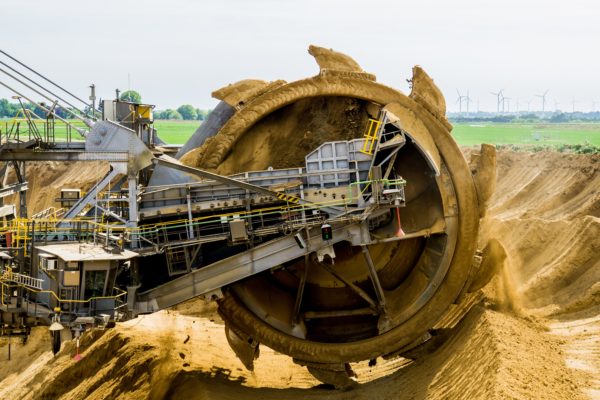These days, neither management nor operational personnel argue the merits of ongoing asset maintenance. In modern manufacturing or mining environments, 20% to 60% of operational costs relate to maintenance activities, excluding upgrades or improvements. Thus, making maintenance as efficient as possible remains a top priority.
In this first part of a series of articles we offer advice on achieving that goal. Considering the latest trends and technologies, we’ll provide guidance on making informed choices for the relevant business environment. To commence, herewith is a description of the 4 maintenance ideologies for the sake of clarity.
Types of maintenance
Reactive maintenance
The first philosophy was: if it’s not broken, don’t fix it. Unfortunately, companies took decades to realize that a simple part failure could result in more severe damage to assets, extended downtime, unwanted production stoppages and, ultimately, loss of income. However, it’s still a model practiced even today, mainly due to production pressures or budgetary constraints.
Preventive maintenance
Preventive maintenance solved the reactive problem by following the asset manufacturer’s service schedule and maintaining parts before they break. An added benefit is that maintenance can be planned for quiet times, after hours or weekends, when production won’t be affected adversely. However, it’s a costly solution, because assets earmarked for servicing might be far from failing and production can continue for extended periods without the risk of failures or production losses occurring at a later stage. Resources are often squandered and expensive parts bought unnecessarily – costs no company wants to bear.
Predictive maintenance
Predictive maintenance offers a maintenance-on-demand solution by testing characteristics of running assets. This data is used to accurately forecast when an asset component will fail and, taking lead times in account, the best time to act to prevent this eventuality. This means that assets that are not in danger of failure will not incur unnecessary maintenance costs, and service technicians can be deployed more effectively.
Predictive maintenance can be carried out by service technicians using hand-held sensors, but this offers little more than a status check. Conversely, digital predictive maintenance technologies provide far greater benefits. Modern innovations include the Internet of Things (IoT), Cloud, Big Data, Analytics, Artificial Intelligence (AI), and affordable smart sensors. These allow any asset’s data to be easily gathered from attached sensors, securely transmitted to and analysed by cognitive computing systems, and be returned in the form of maintenance directives and schedules.
Prescriptive maintenance
Prescriptive maintenance is a relatively new tendency in operational, manufacturing or mining industries. Here, things get a little fuzzy as it uses the same technologies as predictive maintenance, but delivers a completely different result. While the former forecasts what will happen and what to do about it, the latter determines what should happen. Prescriptive maintenance systems analyse maintenance history to identify and manage the asset’s reliability risk profiles that could adversely affect plant or business operations. Its computations involve the availability of cleansed operational data, analytics and machine learning applied to critical assets to gain better understanding of its performance behaviors. These analyses are then operationalized for continuous improvements to business maintenance practices. Therefore specifically, its goal is to optimize asset reliability, and improve inefficiencies across maintenance activities and cost structures. Whereas predictive maintenance can be performed by humans, prescriptive maintenance is achieved through intricate configurations and computations.
Going digital
Technologies that were once prohibitively expensive have reached a tipping point where the cost-to-benefit ratio is no longer restrictive. Predictive and prescriptive maintenance are within every company’s reach, and provide a substantial return on investment. In fact, companies who still practice preventive maintenance do so to their own detriment.
However, selecting a predictive/prescriptive maintenance platform is like choosing an ERP system. They’re not all vanilla solutions and the wrong option can mean forfeiting critical advantages. With adequate forethought and proper business analysis, success is assured. Unfortunately, too many decision-makers favor the lowest quotation over achieving business objectives.
Smarter decisions
Smarter choices come from better information. In upcoming articles, we’ll not only explain the ins and outs of predictive/prescriptive maintenance, but also offer guidance around the decision-making process. Whether you’re looking for a maintenance solution or want to implement optimizations from an existing model, be sure to follow our winning advice.


